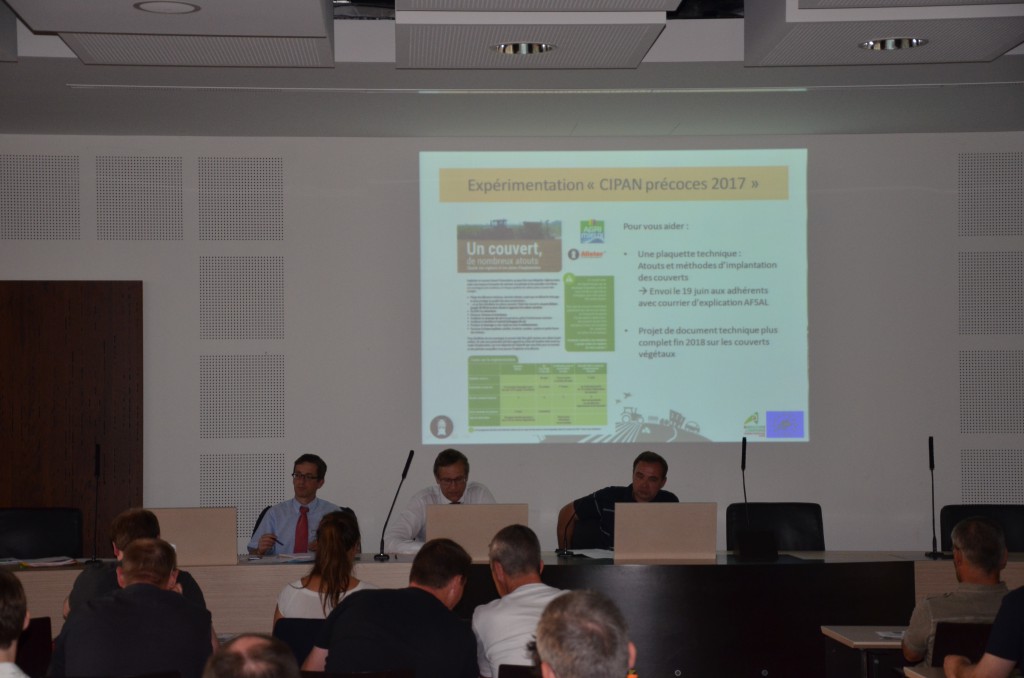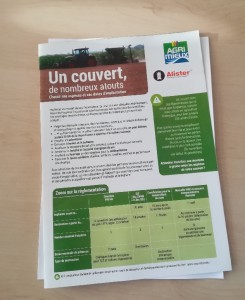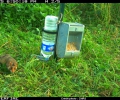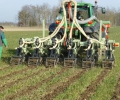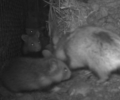AFSAL General Assembly: LIFE enriches the future National Action Plan
12 juillet 2018On Tuesday 19 June 2018, the association AFSAL (Agriculteurs et Faune Sauvage Alsace or Farmers and Wild Animals in Alsace), which brings together farmers involved in agri-environmental measures for hamster protection, held its fifth General Assembly.
Continuing agricultural experiments introduced under the LIFE Alister project
In the company of government representatives, those present were able to discuss the results of measures taken over the past year, as well as the progress of the drafting of the new National Action Plan, this plan being set for a period of ten years instead of five. The new NAP is based on five focus areas, the first of which involves introducing hamster-friendly, innovative cultivation practices, estimating the economic viability of these measures and their impact on biodiversity, and continuing namely the LIFE Alister project experiments.
Implementing recommendations concerning ‘Early Catch Crops’ in the next AEM
The new AEM was also discussed, and notably the objective of sowing a mix of catch crops that comprises a grass, a legume and sunflower before the 1st of August on at least 50% of land where winter straw cereals are grown. To facilitate the implementation of this measure, the results of LIFE Alister’s ’2017 Early Catch Crops’ experiment were presented to farmers. This experiment was used to compile a data sheet on species selection and dates for planting cover crops by the Alsace Chamber of Agriculture, which was sent to all farmers in hamster protection zones.
Download the document HERE
Encouraging European hamster burrow count results
The ONCFS (National Hunting and Wildlife Bureau) presented the results of the monitoring of hamster populations carried out this spring. With 685 burrows enumerated over a range of 2,000 hectares, the 2018 assessment is very positive but efforts made to date must be continued.

